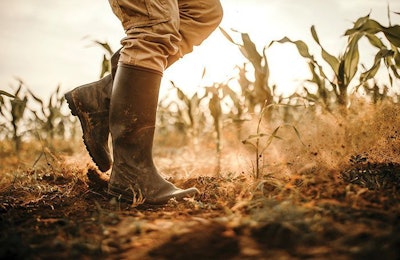
Policy looks to manage future and present droughts
Australia’s National Farmers Federation met with the country’s prime minister to discuss policy to manage present and future droughts.
The meeting, attended by Prime Minister Scott Morrison, Drought Minister David Littleproud and Deputy Prime Minister Michael McCormack, was held to discuss what more could be done to assist farmers and communities managing this drought and a long-term policy to guide the nation’s response to future droughts.
“The Prime Minister, the Deputy Prime Minister and Minister Littleproud absolutely understand the gravity of the current drought situation and we appreciated the opportunity to discuss further measures to assist farmers and communities in the management of what is now one of the worst droughts in living memory,” NFF President Fiona Simson said.
“Drought is complex, it is not the same for any one farm business, family or community. While one support mechanism will suit someone, for another it might not be the right fit or they may not be eligible.
6 immediate measures for consideration
“The NFF acknowledges the measures already in place at federal and state levels. The additional six measures proposed by the NFF are designed to complement these and together, address the varying circumstances farmers and agricultural-reliant communities are facing right now.”
As a result of consultation with its members, the NFF has proposed the following immediate measures, for consideration by government:
- Support for local council rate relief.
- Commonwealth Government subsidies for the payroll expenses of farming businesses equal to the Newstart Allowance to support local communities.
- Top-up payments of at least $2,000 per child to the Assistance for Isolated Children allowance, and additional funding for rural schools and additional support for early learning services in severely drought-affected communities.
- A two-year interest-free period for Regional Investment Corporation Drought loans.
- An increased federal-state focus on the eradication of feral pigs which are a biosecurity risk and a highly destructive pest, particularly in drought.
- Exit packages for farming families looking to exit farming, after an assessment of their long-term viability.
Long road to recovery
In July, the U.S. Department of Agriculture (USDA) said demand for animal feed rose sharply in 2018 in Australia as a result of poor pasture conditions and a record number of cattle raised exclusively on feed. Drought in Australia, which has persisted for three to five years in some areas, also cut into grain production, causing the country to begin importing wheat for the first time in more than a decade.
Experts on the ground in Australia say it will take several years for animal feed production and demand to return to normal after years of record-breaking drought.









